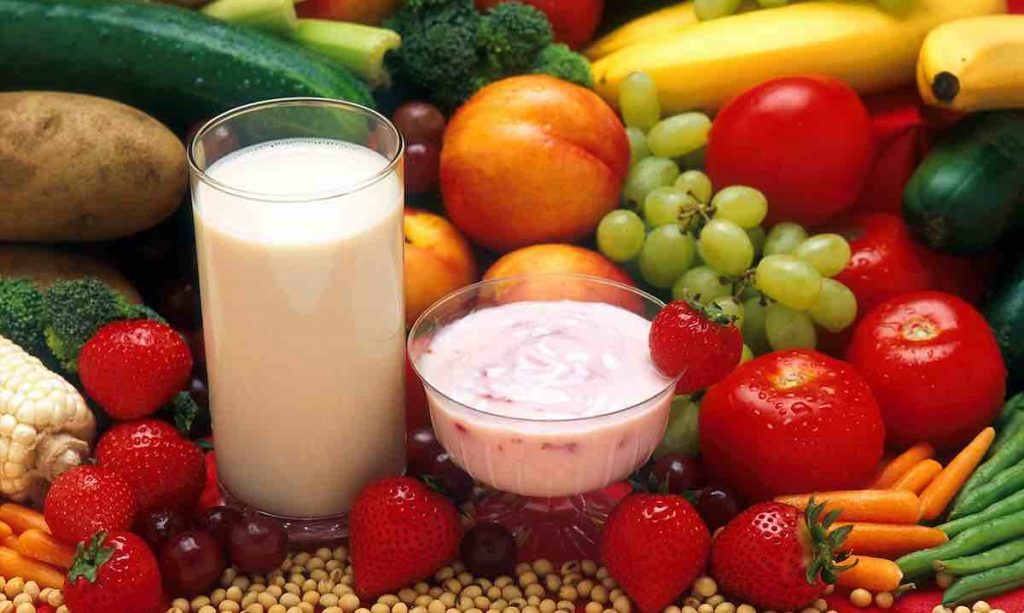There are a lot of reasons why diet, sleep, and exercise patterns may have been interrupted during the coronavirus lockdowns. Getting back into routines can be more difficult than starting them in the first place.
But with scientists adding many common health problems linked with diet and lifestyle to the list of COVID-19 morbidity factors, the time has never been better to make some changes and improve your eating habits and physical activity.
Always with a light heart, we’re calling it the Covid “19,” and here are some strategies — mental, dietary, and physical—for renewal and focus to help you tackle the post-lockdown pounds.
1) Understand Your Limitations

This is the foundational characteristic of any diet or lifestyle plan, because in essence we are all different. Our willpower is a depletable chemical resource, which many studies have demonstrated, and exercising it makes it more difficult to exercise it in the future.
Therefore, always try and keep in mind how making one choice will affect the rest of the day, and don’t set a trap for yourself to fall in when you come home from a tough day at work (don’t leave the healthy eating until dinner, for example).
2) Have A Clear Path To Success
Having clear, simple, attainable goals as opposed to lofty and difficult ones will increase not only the likelihood of success, but the chances you’ll continue to work to achieve them when faced with challenges.
Large challenges are not only difficult to achieve, but can bring you down and make it harder to reach simpler goals; a sort of “what’s the point of doing __ when I can’t do __?” mindset sinks in.
Instead, pick smaller targets to build confidence when starting a weight-loss journey “I’m always going to have a serving of vegetables with dinner,” is a great place to start.
3) Be Your Own Best Boss

The best boss or teacher you’ve ever had was able to both richly congratulate you on your successes, and work out what went wrong and give a constructive way to push you towards the next level.
READ: Unable to Exercise? You May Soon Be Able to Enjoy Its Benefits Anyway Thanks to This Protein
You are your own boss at the end of the day when it comes to eating right, sleeping enough, and exercising, so try and behave like the best boss you ever had both when you do something wrong and more importantly when you do something right, as celebrating success is often more important for staying positive on your weight-loss journey.
4) Be A Source Of Positivity
An English study showed that the act of perceiving barriers to making healthy eating choices had a detrimental effect on participants’ ability to eat healthy foods regularly.
As Eric Idle said while hanging from the cross in Monty Python’s “The Life of Brian,” “always look on the bright side of life,” which we and evidently dietary researchers, wholeheartedly agree with.
Focus instead on what you can do: “I can cook more, I can use more local ingredients, I can help my kids eat more healthy foods, I can take up a sport.”
5) The “Friction and Fuel” Effect
According to an interview published in Livestrong with Allison Grupski, PhD, director of behavior change strategies and coaching at Weight Watchers—dietary and lifestyle habits become harder to follow when there is “friction” in your life and not enough “fuel.”
Friction refers to anything that makes your choices more difficult, for example when you or a loved one bring junk food into the house, or when you leave your gym clothes in the dirty laundry.
READ: New Research Links Five Simple Lifestyle Choices to a 60% Reduced Risk of Developing Alzheimer’s
In contrast, fuel is anything that makes making the right choice easier, such as setting your exercise clothes out for the morning, listening to healthy eating podcasts, or preparing a smoothie the night before.
6) Cooking Substitutes

All manner of common products used in cooking—especially in baking, have a replacement, and learning these replacements can be especially valuable when pursuing healthy eating and lifestyle habits.
- For baking, cooking oil like peanut or canola oil can be replaced with all kinds of mashed fruits and vegetables, including avocado, canned pumpkin or butternut squash puree, mashed banana, applesauce, and even skinned-plums.
- For dairy, cut the butter and replace it with things like yogurt in various fat contents depending on how much binding molecules you need in your dish.
- For pasta, look no further than the Spiralizer or another product that can turn things like zucchini into noodles. Don’t look at this as an insult to Italian classics, as Italians cook with vegetable pasta all the time.
- For flour, you can use ground almonds or an ancient grain like spelt, also ground up to reduce carbs and increase fiber.
7) (If You Have Time) Eat Most Of Your Vegetables With Breakfast
For many working people, especially parents, breakfast might be the most leisurely meal of the day. If you work from home, even more so. We described earlier that it’s more difficult to make healthy eating choices in the evening or at night when you’re tired and worn out, so take advantage of the free time and eat most of your vegetables with breakfast!
This way you don’t have to do it later when you’re tired and don’t feel like peeling carrots or chopping cabbage.
MORE: New Intermittent Fasting Program Shown to Suppress Cancer and Metabolic Disease in Mice and Humans
Start with a skillet of hot olive oil and add five vegetables (spinach, kale, brussel sprouts, peppers, olives, avocado, bean sprouts, zucchini, parsley, onions, chard, anything really) until they’re wilted and soft. Then add meat or eggs, and voila—you’ve fulfilled most of your daily nutrient demands.
8) Adopt A Time-Restricted Feeding Schedule
Pioneered by scientists like Dr. Satchin Panda, based on his research with restricted hours of feeding in mice which demonstrated that the more time spent in a fasted state increased the mice’s resistance to the obesogenic effects of a fat/sugar rich diet, it’s becoming rather popular to adopt a 14/10 or 16/8 hour eating paradigm.
In such a paradigm, one spends 16 hours fasting, for example during the hours of 8PM to 12PM the next day, and this demonstrates not only a reduction in habitual calorie intake, but improvements in blood markers for things like diabetes—even without changes to the standard American diet.

9) It’s Not Always About the Sweat—But Consistency
Gyms are full of fitness enthusiasts who love to sweat, but getting in a good workout is not always about busting your bum on the elliptical machine. Rather it’s about consistency.
A week filled with five one-hour low-intensity workouts, or five 30-minute medium-intensity workouts, is more valuable than a week with one or two exhaustive, knee-shaking workouts that make you feel weak and vulnerable.
This is a strategy called snacktivities. It was developed by the University of Loughborough under a multi-million grant from the UK’s National Health Service to create a public health campaign that focused on getting sedentary office workers moving around in a way that didn’t necessarily involve a lengthy visit to the gym.
Pass On These Health Tips By Sharing Them With Your Friends On Social Media…




















